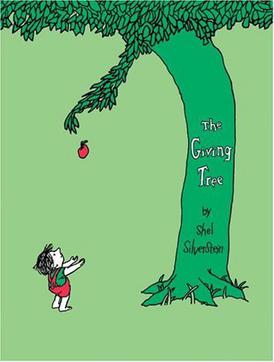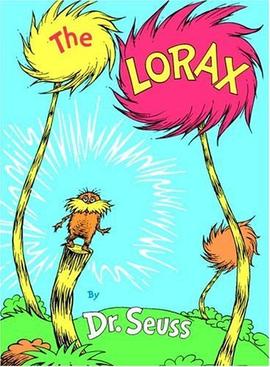“And, under the trees, I saw Brown Bar-ba-loots frisking
about in their Bar-ba-loot suits as they played in the shade and ate Truffula
Fruits.”
While Bar-ba-loots and Truffula Fruits only exist on the pages of The Lorax, they help illustrate some very real ecological and economic principles. Children’s storybooks provide a fun and visually tantalizing way to take abstract concepts and bring them to life through storytelling. Books can also be a great way for students to teach themselves independently. Here are some storybooks we use here at Sierra Outdoor School:
While Bar-ba-loots and Truffula Fruits only exist on the pages of The Lorax, they help illustrate some very real ecological and economic principles. Children’s storybooks provide a fun and visually tantalizing way to take abstract concepts and bring them to life through storytelling. Books can also be a great way for students to teach themselves independently. Here are some storybooks we use here at Sierra Outdoor School:
The Wolves Are Back by Jean Craighead George
This book tells the real-life story of the persecution and
near-extinction of wolves in Yellowstone National Park and the subsequent
ecological imbalance that occurs as a result of their absence. The story describes the wolf reintroduction
program, the rise in wolf population numbers and the ecological balance that
returns. The story is useful in
explaining the role of apex predators, the concept of interdependence and the
importance of biodiversity. The author
Jean Craighead George is best known for writing the “My Side of the Mountain”
trilogy.
Just a Dream by Chris Van Allsburg
The story is centered around a boy named Walter who is
disconnected from the environment and careless about his decisions (he is both a
litterbug and a non-recycler!). He has a
dream in which he sees some of the world’s wonders like Mt. Everest and The
Grand Canyon degraded by pollution and development. You’ll have to read the book to find out how
his life changes when he wakes up. This
story helps young readers make connections between careless choices, environmental impact, conscious choices, and a better world.
The Giving Tree by Shel Silverstein
This story describes an apple tree and the many different
resources she provides for a boy over the course of his life. The neat thing about this story is that it’s
simplistic telling provides much room for interpretation and can be used to
teach a wide range of concepts from the joy of giving to unconditional love. We
use the story here at SOS to teach about forestry resources and mindful
consumption of them.
The Lorax by Dr. Seuss
In typical Dr. Seuss fashion, he uses an imaginative cast of
characters to describe a real-life issue. In this case the issue is the impact that
industry and consumerism has on the environment. A man named the Onceler opens up a factory
that manufactures thneeds, a
panacea-like product that “everyone wants and everyone needs.” The product is made from Truffula trees which
provide habitat for a variety of animals. The manufacturing of thneeds not
only depletes the Truffula forest but also produces pollution like “smogulous
smoke.” This story helps readers make
connections between the consumption of products and the resources that it takes
to produce them.


Comments
Post a Comment